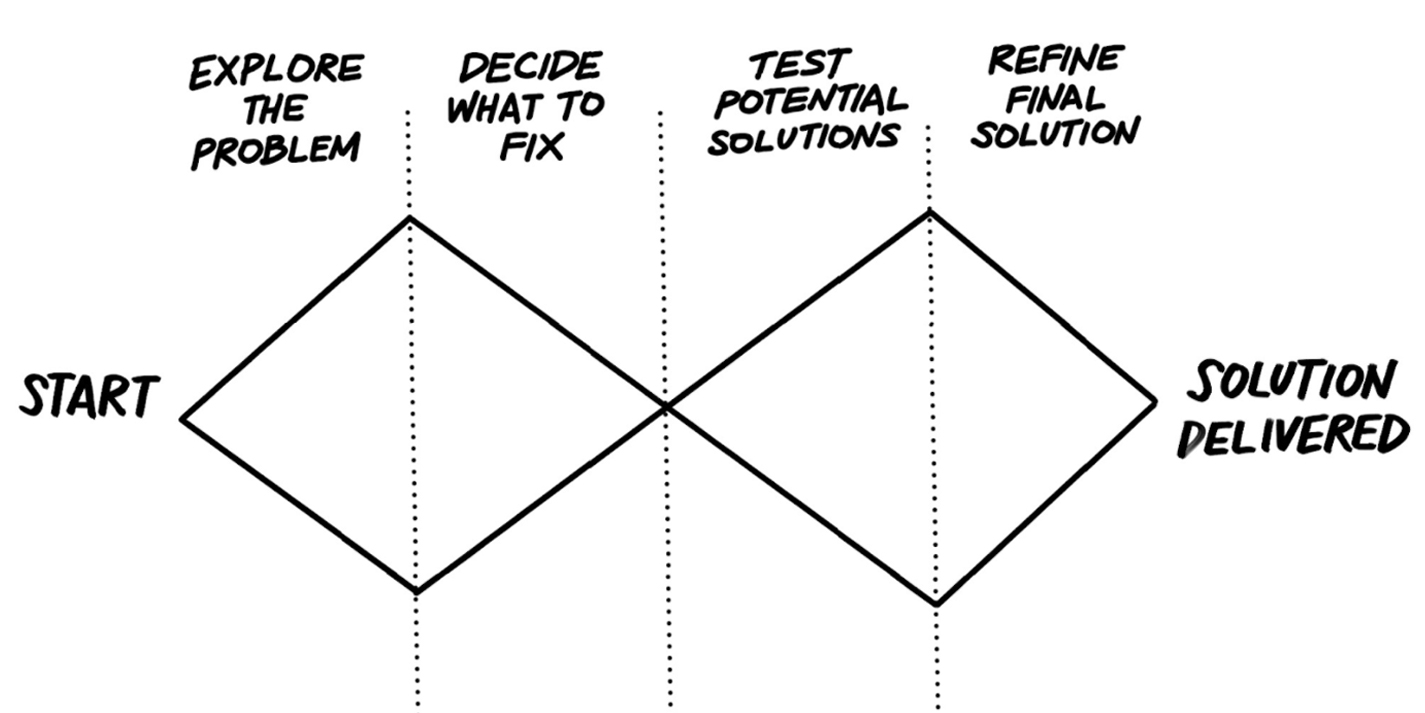
Ep.16- Building a Better Product with Jon Grover
Jon Grover’s Bio
Jon Grover started at a small tech company as a part-time employee while still in college. He was the 10th company at Mindshare. Due to his experience there, he decided to major in information systems. From there, things moved fast. Jon became a product manager. Mindshare became InMoment. And Jon was moved to become head of UX. After spending 13 years with the company, Jon moved to Grow, learned a truly innovative product process, and then moved on to a large Silicon Valley company– WeWork. Seeing the difference between a small start-up and a large company was extremely beneficial, especially before moving to his current company, HaloSight, where he’s the head of product– a startup helping customers analyze their free-form text trapped inside of Salesforce.
He co-founded ProductBound, a local Product/UX bootcamp to help people transition into product and UX roles. He graduated from BYU in Information Systems and was honored by Utah Business Magazine as a Forty under 40 honoree in 2016. Most importantly he is a father of 3 and husband to his best friend, Sarah.
Making 2020 the Year of the Entrepreneur
Because 2020 could be defined by so many things (mostly negative and mostly fearful), we want to help change the narrative. We want to make 2020 the year of the entrepreneur. Shortly, we will be launching a challenge entitled Launch A Business In 3 Days. You may have an idea or not.. If you do, we’re focusing the next few episodes on helping you make that idea viable. If you don’t, these same episodes will help you find that idea.
All of this is to prepare you to enter the challenge where you’ll start your business and enter to win $1000 and a year of Weave!

Process of Building & Ideation
First, check where your emotional connection is. You want to keep your passion, but you want to balance that so that you’re in a place to receive the feedback you need to refine your product.
Second, use all of your resources to come up with the best idea. Because that idea could come from anywhere. Talking to your customers, especially early on, is so crucial. They may not have ideas, but they have problems. These conversations will help you know who you’re solving the problem for, which becomes your driving force and brings empathy to your design process.
Third, stay humble. It’s easy to feel like your idea is you, and when someone is giving you feedback that they’re criticizing you and not the idea. Remember that you are not your idea, and allow feedback to come in early and often. In the beginning, you are flexible and nimble and can make great changes fast. Let the feedback into your idea.
Four, understand your principles. If you need a good example of principles to live by in life and work, check out Principles by Ray Dalio.¹ Setting principles for yourself and your company will help keep you rooted in the Why and Who.
Breaking Things Into Manageable Chunks
OKRs & V2MOM
Take your high-level goal/statement and break it down from annual to quarterly to monthly, and even down to the week. Associating your weekly to-dos/snippets with your larger goals will ensure you’re moving in the direction you’re intending to for the long term.
Focus on the Disease, Not the Cure
Clearly define the problem (disease) you’re seeking to cure. The earlier you do this the better. And if you can build your systems to remind you of that mission even down to your weekly goals, you’ll remain focused on the problem and you’ll diminish distractions that pop up due to symptoms of the disease.
Cycles of Ideation

Ideating has a time and place. The front ends of the double diamond process are where broad ideation takes place. After some time, the ideation needs to become more focused. Once you’ve settled on that idea, then you go into another kind of broad ideation where you’re focused on how to make that first idea successful. The close of the process results in your final solution. You can find several different iterations of this process on the internet.
“The difference between a want-repreneur and an entrepreneur is execution.”
The parts where the triangles converge are where you’re executing. And you may need a complementary personality to help you with either side of those diamonds. This is why so often you see CEOs and COOs with different strengths, and even why no two pairings of CEOs and COOs are alike.
Solving Non–“Sexy” Problems
When it comes to ideas and solving problems, you’d be surprised at how many businesses are established and extremely profitable when solving seemingly simple problems. It may be a quilting company with a town built to provide an experience. It may be a bottle lid that works on top of a mason jar. Or a solution you add to water to keep your dogs’ teeth clean and breath fresh.
Because it’s more about the experience today. Our world has shrunk. You’re no longer being compared to those in your industry. You’re also being compared to the convenience of Amazon, the quality of Nordstrom, and the effectiveness of subscription-based companies.
The sexiness of business no longer comes with the problem, but with the execution. How willing are you to dive into your customer’s journey and provide a white gloved solution?
Find Inspiration Everywhere
Jon and his team found inspiration from strong password meters to apply to survey responses. They wanted longer, more quality responses. So they took that same idea and applied it to open-ended questions, giving respondents a visual indicator of the quality of their response.
You don’t have to come with everything from scratch. Constantly surround yourself with others’ ideas. Try to see seemingly unconnected ideas as something that can apply to your product or solution.
Your next inspiration could come from a Happy Meal, the automation of the car wash, or your next kitchen device purchase. So many problems that we think are isolated to certain scenarios are not.
Jon’s 3 Takeaways
- Be passionate about the disease (problem) that you want to solve. Be an expert in understanding the ins and outs. And don’t get distracted by the symptoms.
- Build your team so that you complement each other. Don’t be a want-repreneur, be an entrepreneur.
- Leverage all of the people around you– internally, externally, customers, outside of your industry. Make sure you get ideas from all of these.
- BONUS- If you’re comfortable when you present your idea/solution, you waited too long. I was a bit embarrassed and nervous. This will give you time to pivot if necessary.